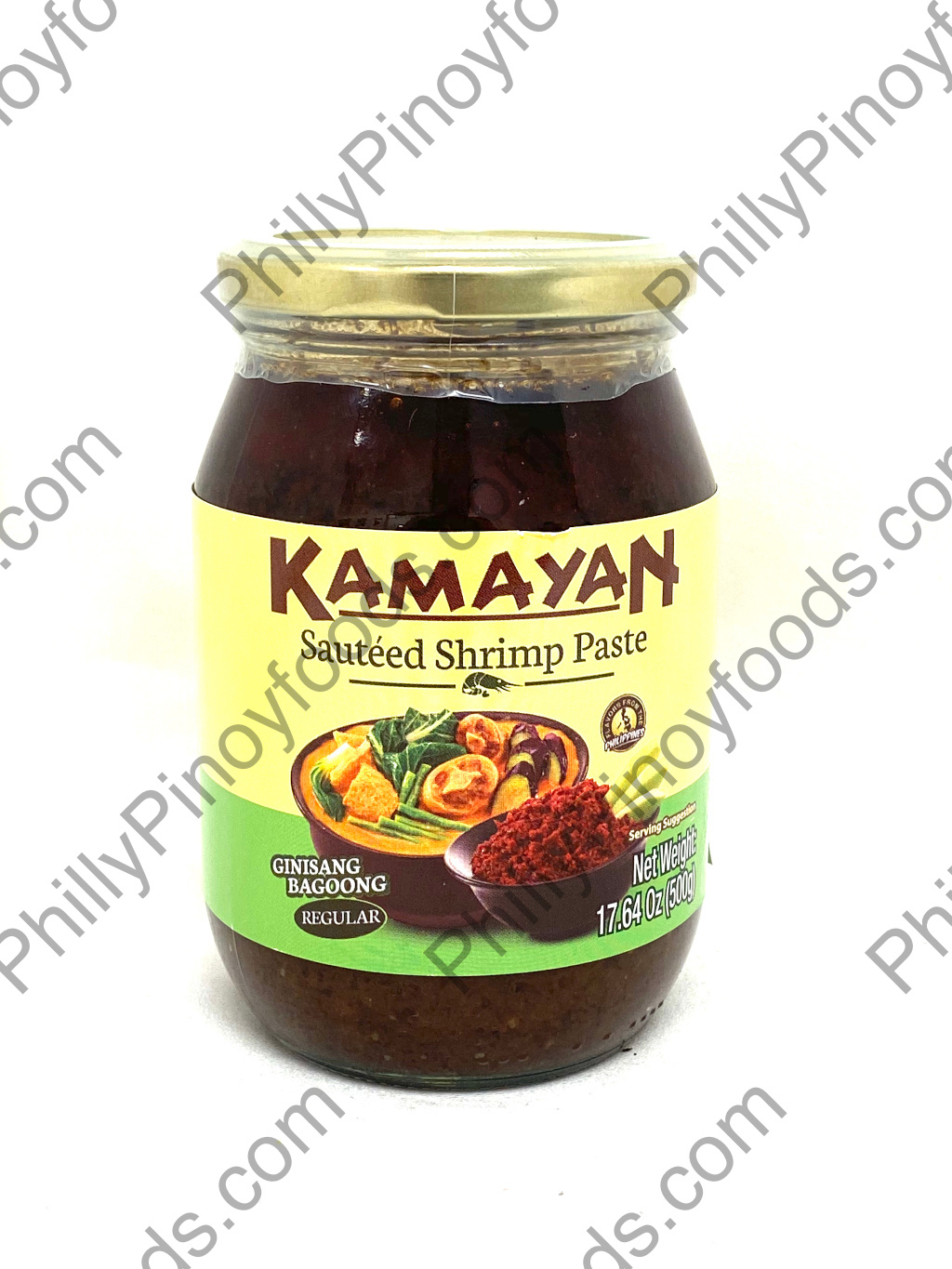

You can recreate this beloved peanut stew in the comfort of your kitchen. In conclusion, Slow-Cooked Kare-Kare is a cherished Filipino dish that epitomizes the country’s rich culinary heritage. The tender meat, luscious peanut sauce, and vibrant vegetables will captivate your senses and leave you craving more. Once your Slow-Cooked Kare-Kare is ready, serve it hot with bagoong (shrimp paste) and steamed rice. Add salt and pepper and adjust the taste according to your liking. Simmer the mixture over low heat for 10 to 15 minutes, allowing the flavors to meld together.Add the blanched vegetables to the pan, gently mixing them with the meat and sauce.Transfer the cooked oxtail and tripe from the pot into the pan with the peanut sauce, ensuring they are fully coated.This step imparts a vibrant orange hue to the sauce, enhancing its visual appeal. Add the annatto seeds to the sauce, allowing it to simmer for approximately 10 minutes.Slowly add the broth to prevent lumps from forming.Add the ground-roasted peanuts to the pan, stirring continuously for a few minutes until the mixture becomes fragrant.Add the garlic and onions, sautéing until they turn golden brown and release their aromatic flavors. In a separate pan, heat the achuete oil over medium heat.Remove the meat, and don’t discard the broth Or you can set the crock pot on low and cook for eight hours. Place the oxtail in the crock pot, add enough water to cover them, and cook the meat in the crock pot on Hi for two hours.Thoroughly clean the oxtail and tripe under cold running water, removing all impurities.Step-by-Step Guide to Preparing Slow-Cooked Kare-Kareįollow these simple instructions to create a mouthwatering Slow-Cooked Kare-Kare that will impress your family and friends: Step 1: Preparing the Oxtail Made from ground-roasted peanuts, annatto seeds, garlic, onions, and achuete oil, the sauce imparts a creamy and nutty taste that elevates the dish to new heights. Peanut Sauce: The star of the show, the peanut sauce, is the backbone of Kare-Kare’s distinct flavor.These vegetables provide a fresh and vibrant contrast to the hearty meat and velvety sauce. Vegetables: Kare-Kare is typically prepared with blanched vegetables, such as eggplant, pechay (Chinese cabbage), and sitaw (string beans).Tripe: Tripe, derived from the stomach lining of cows, contributes a unique texture and enhances the overall mouthfeel of the stew.Its natural richness adds depth and complexity to the dish. Oxtail: The succulent and tender meat of the oxtail forms the foundation of Kare-Kare’s flavor.Here are the key components that make this dish truly exceptional: To replicate the authentic flavors of Kare-Kare, it is essential to procure the right ingredients. The resulting dish is a delightful medley of textures and tastes that will satisfy even the most discerning palates. Traditionally, Kare-Kare is made with oxtail, tripe, and various vegetables all simmered to perfection in a rich, peanut-based sauce. This delectable dish originated during the Spanish colonial era and has become an integral part of Filipino cuisine. Kare-Kare has its roots deeply embedded in Filipino culinary history. Try my Crock Pot Beef Afritada Recipe, Instant Pot Kare Kare, and Instant Pot Cabbage Stewfor more Filipino-style stew. In this article, we’ll guide you on creating an authentic and flavorful Slow-Cooked Kare-Kare from scratch, ensuring that your taste buds are in for a treat. This traditional stew showcases a harmonious blend of savory and nutty tastes, making it a favorite among locals and foreigners. Kare-Kare is a well-loved Filipino dish known for its rich flavors and creamy peanut sauce.


 0 kommentar(er)
0 kommentar(er)
